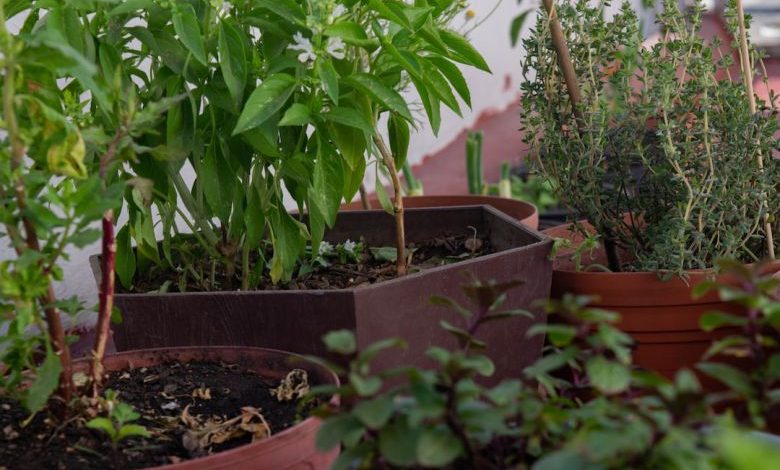How Do I Create a Home Composting System?

Composting is a great way to reduce waste and create nutrient-rich soil for your garden. If you’re interested in starting your own home composting system, you’re in the right place. In this article, we will guide you through the process of creating a home composting system step by step. Let’s get started!
Choose a Composting Method
The first step in creating a home composting system is choosing the right composting method for you. There are several options to consider, including traditional composting, vermicomposting, and bokashi composting.
Traditional composting involves creating a pile of organic materials, such as kitchen scraps, yard waste, and leaves, and allowing them to decompose over time. This method requires a larger space and takes longer to produce finished compost.
Vermicomposting, on the other hand, uses worms to break down organic materials. It’s a faster process and requires less space, making it ideal for those with limited room. You will need a worm bin and a supply of red worms to get started.
Bokashi composting is a unique method that uses beneficial microbes to ferment organic waste. This process is done in an airtight container and is faster than traditional composting. It’s a good option for those who want to compost meat, dairy, and other kitchen scraps that are not suitable for traditional composting.
Prepare the Composting Area
Once you’ve chosen a composting method, it’s time to prepare the composting area. If you’re using traditional composting, you will need to select a location in your yard that is well-drained and receives partial sunlight. Make sure the area is easily accessible for adding and turning the compost.
For vermicomposting, you will need a worm bin. This can be a commercial bin or a DIY bin made from a plastic container. Drill holes in the container for aeration and drainage. Place the bin in a cool, shady spot, such as a garage or basement.
Bokashi composting can be done indoors or outdoors, as it doesn’t produce any odors. You will need an airtight container with a drainage system. It’s best to keep the container in a cool, dark place.
Start Composting
Now that you have your composting area ready, it’s time to start composting. Regardless of the method you choose, the basic principles remain the same.
Begin by adding a layer of carbon-rich materials, such as dry leaves or shredded paper, to the bottom of your compost pile or bin. This will provide a good base for the composting process.
Next, add a layer of nitrogen-rich materials, such as kitchen scraps and fresh grass clippings. Be sure to chop or shred larger materials to speed up the decomposition process.
Continue layering carbon and nitrogen materials, making sure to maintain a ratio of approximately 3 parts carbon to 1 part nitrogen. This will help create the right conditions for decomposition.
Maintain and Monitor the Compost
To keep your composting system healthy and productive, it’s important to maintain and monitor it regularly. Here are some tips to help you along the way:
– Turn the compost pile or mix the materials in your bin regularly to provide aeration and ensure even decomposition.
– Keep the compost moist but not soggy. If it feels dry, add water; if it feels too wet, add dry carbon materials.
– Avoid adding meat, dairy, and oily foods to your compost unless you’re using the bokashi composting method.
– Monitor the temperature of your compost pile or bin. Ideally, it should reach temperatures between 130-160°F (55-70°C) for optimal decomposition.
Harvest and Use the Compost
After several months of composting, your organic materials will have transformed into nutrient-rich compost. It’s time to harvest and use it in your garden!
For traditional composting, the compost is ready when it is dark, crumbly, and has an earthy smell. You can sift out any large, undecomposed materials and use the finished compost as a soil amendment or mulch.
In vermicomposting, the finished compost is called worm castings. To harvest it, stop adding new materials to the bin for a few weeks. The worms will migrate to the bottom of the bin, leaving their castings on top. Remove the castings and return the worms to the bin to start the process again.
Bokashi composting produces a fermented organic material that needs to be buried in soil to finish decomposing. Dig a trench in your garden, bury the bokashi compost, and cover it with soil. Allow it to decompose for a few weeks before using the soil for planting.
In conclusion, creating a home composting system is a rewarding and environmentally friendly way to reduce waste and improve your garden’s soil. By choosing the right composting method, preparing your composting area, and maintaining and monitoring the compost, you can create nutrient-rich compost to nourish your plants. Happy composting!




